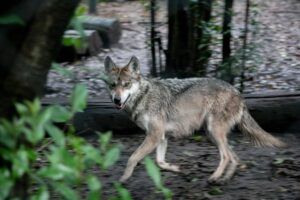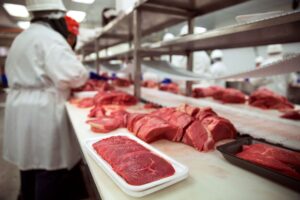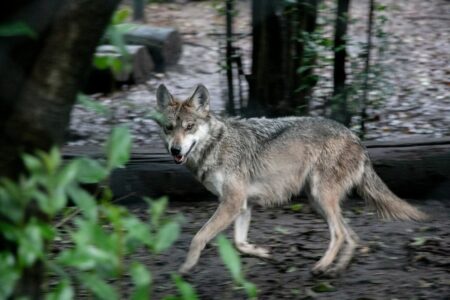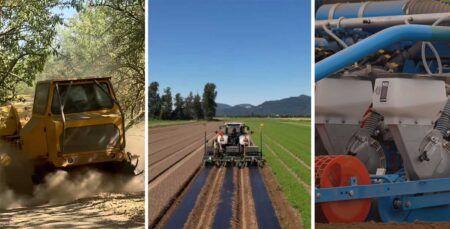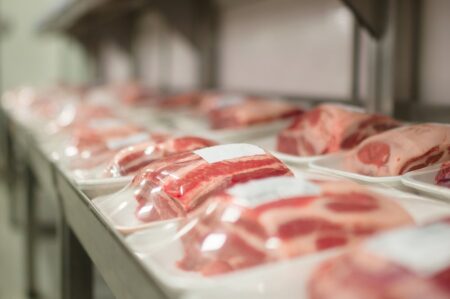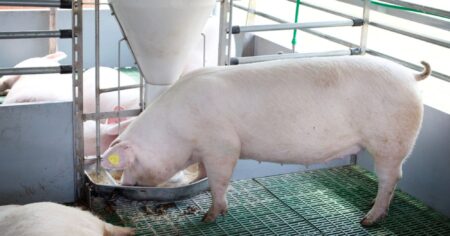Today, the Animal Agriculture Alliance released an updated version of its Sustainability Impact Report as Climate Week NYC kicks off. The report emphasizes decades of progress made by the U.S. food and farming community to enhance animal welfare practices, reduce environmental impact, and contribute to a healthy, balanced diet.
“The U.S. farm and food community has been a global leader in sustainability efforts for decades,” said Emily Ellis, director of communications and content for the Animal Agriculture Alliance. “We’re incredibly proud of the work being done to innovate and advance food production practices to continue contributing to a sustainable food system — and this report highlights that work.”
U.S. animal agriculture places animal welfare at the center of its practices. Nearly every species referenced in the report follows guidelines developed by animal-welfare experts, and most farmers and ranchers work closely with veterinarians and nutritionists to support herd health and balanced diets. Strong biosecurity protocols further protect animals from disease and illness.

The sector is also working to shrink its environmental footprint and is contributing to all 17 United Nations Sustainable Development Goals. Since 1961, the U.S. beef community has reduced emissions per pound of beef by more than 40 percent while producing over 66 percent more beef per animal.
The pork community has cut carbon dioxide emissions at a level comparable to removing 22,410 cars from the road. Egg farmers now feed 72 more people than in 1960 while using 50 percent less feed. The veal community has completed its first-ever life-cycle assessment to establish baseline environmental data, and more than 37 percent of ingredients used in animal feeds are upcycled from other industries — reducing waste and pressure on landfills.
From a nutrition standpoint, the Food and Agriculture Organization finds that meat, eggs, and milk are essential sources of nutrients, particularly for vulnerable populations. Animal proteins also provide a superior protein option at roughly half the calories required by beans, peas, and lentils to deliver comparable protein.
For more information, including resources and the full report, see the report website.


